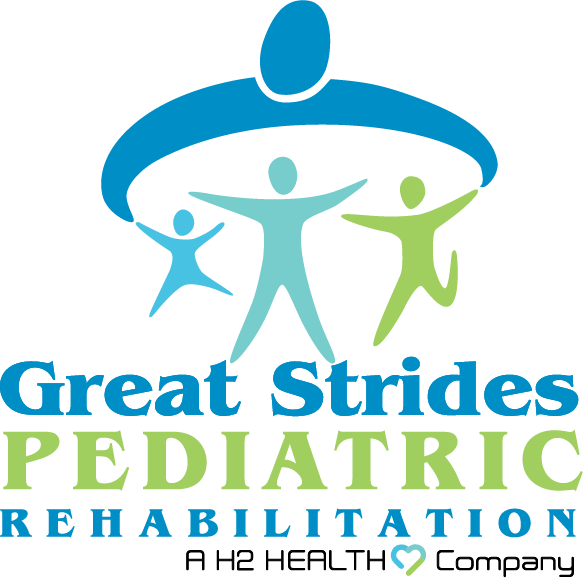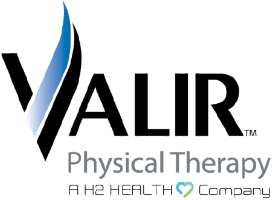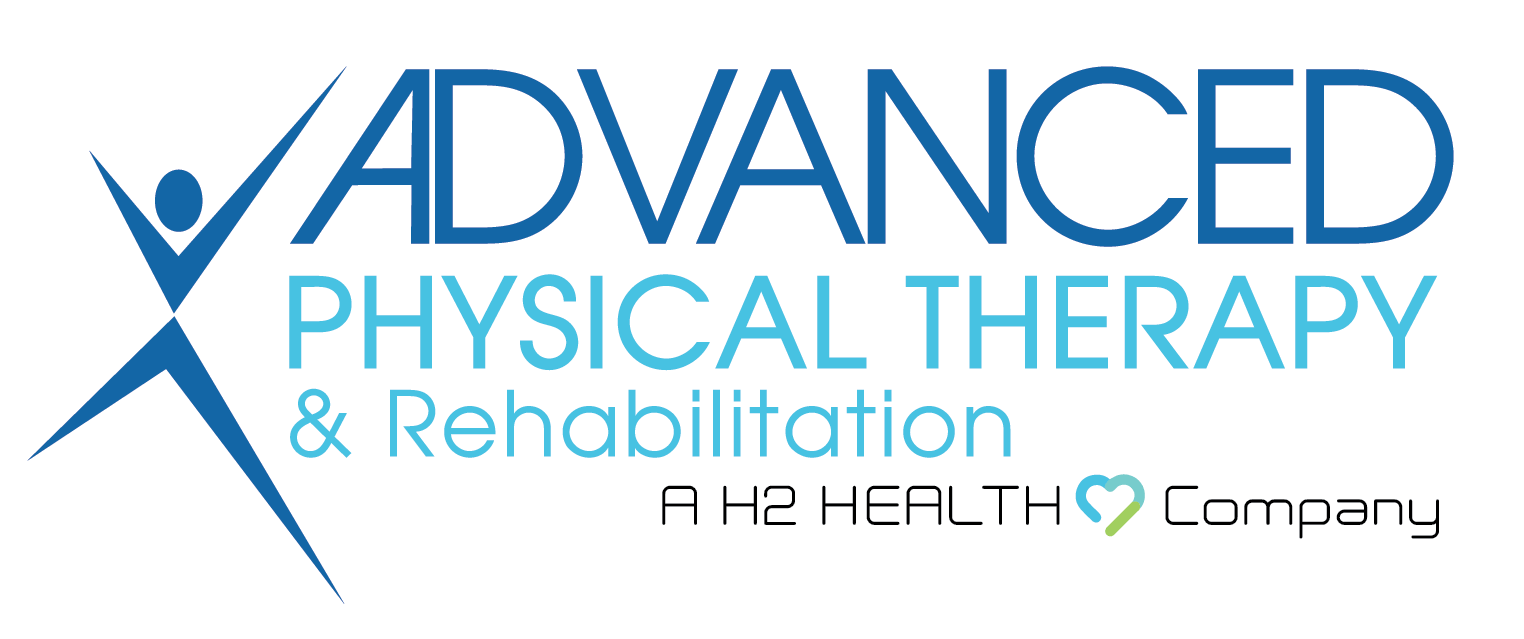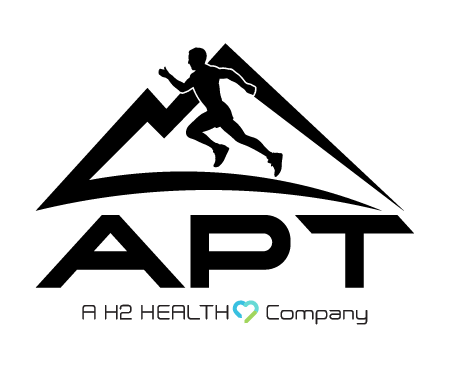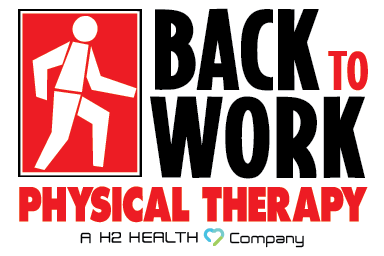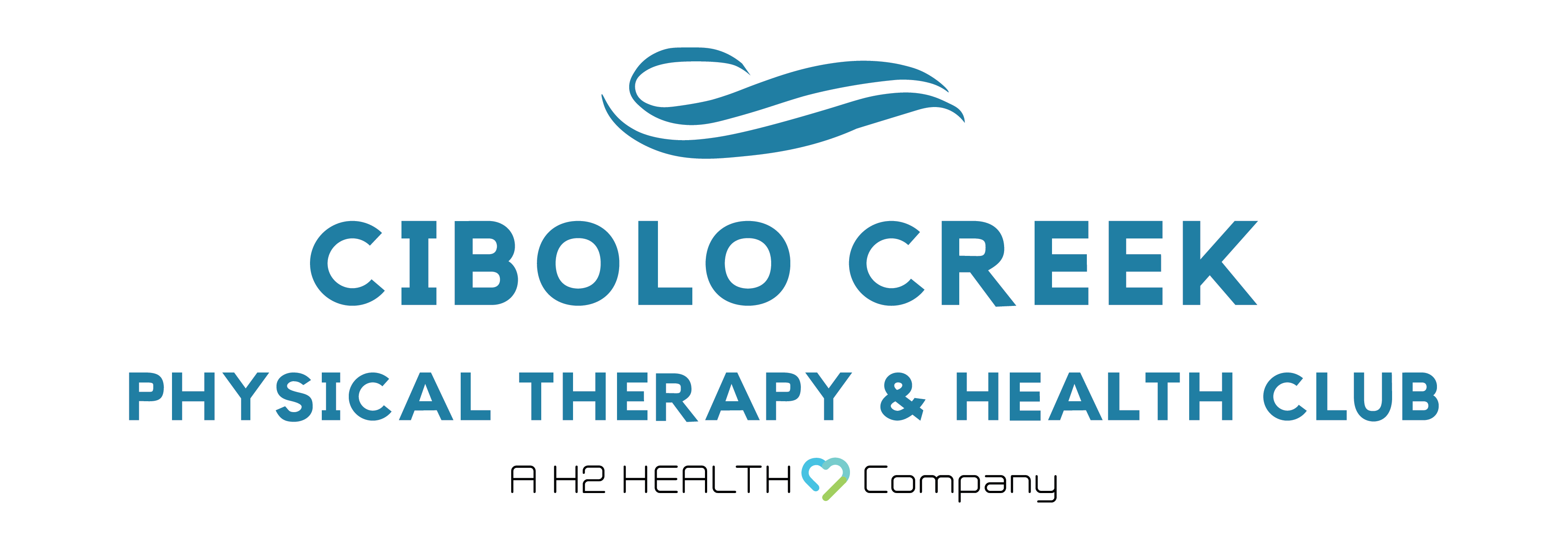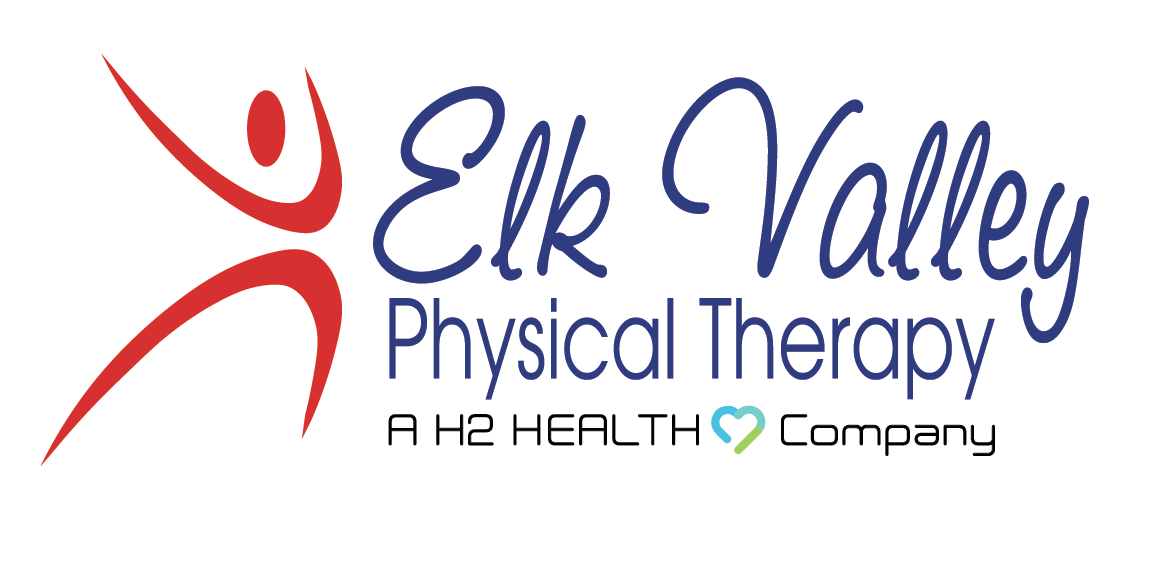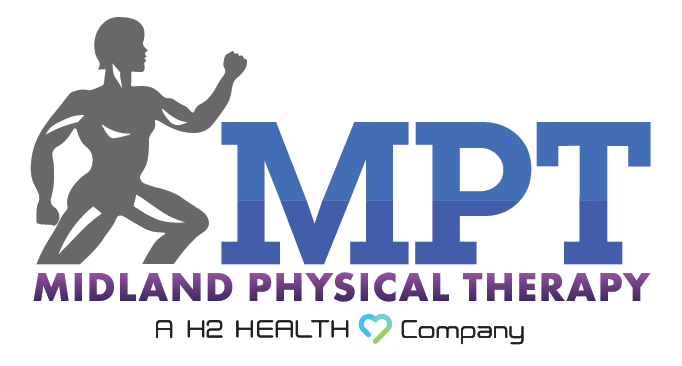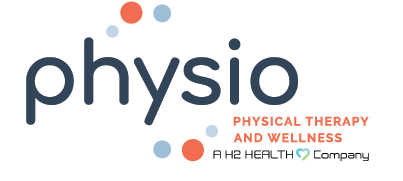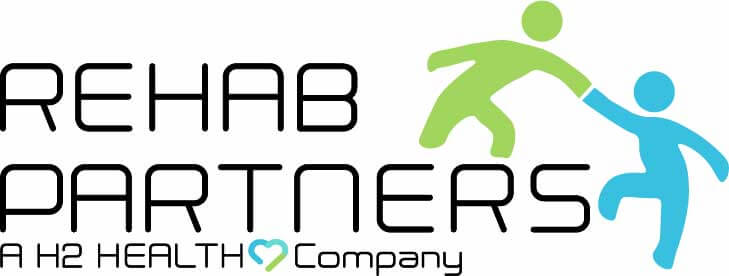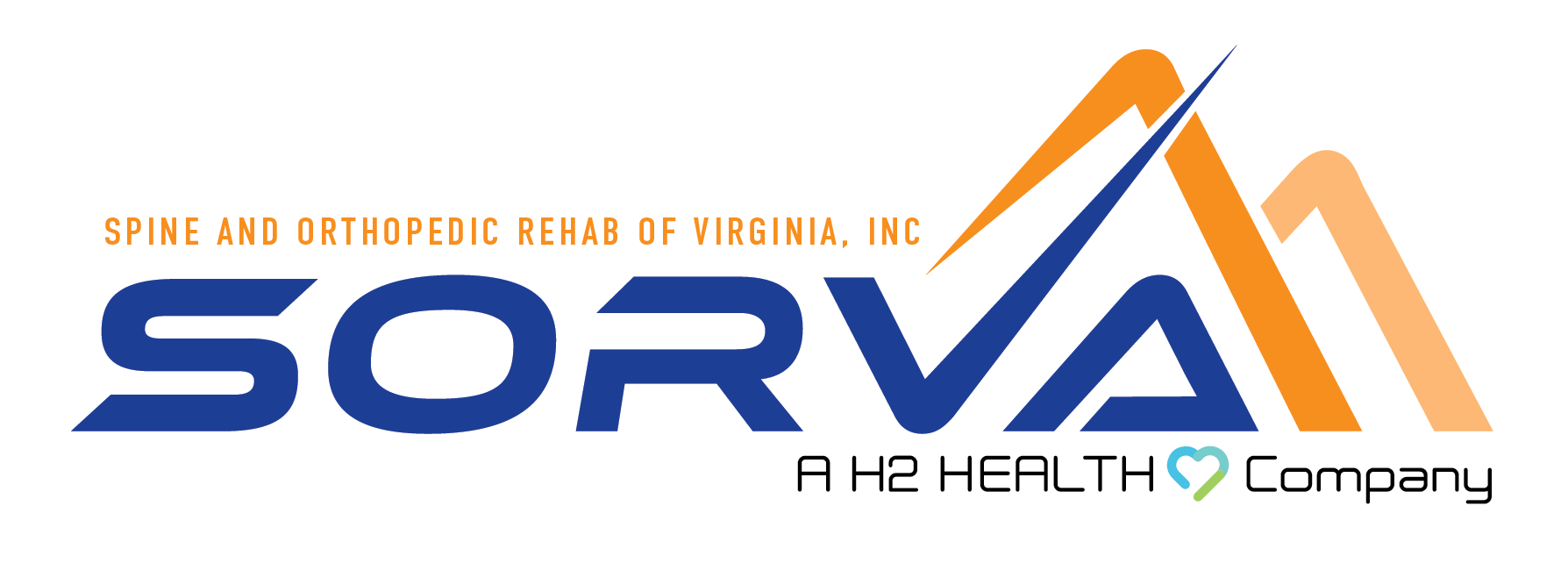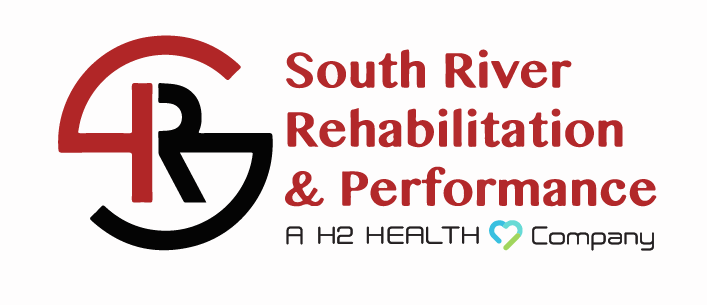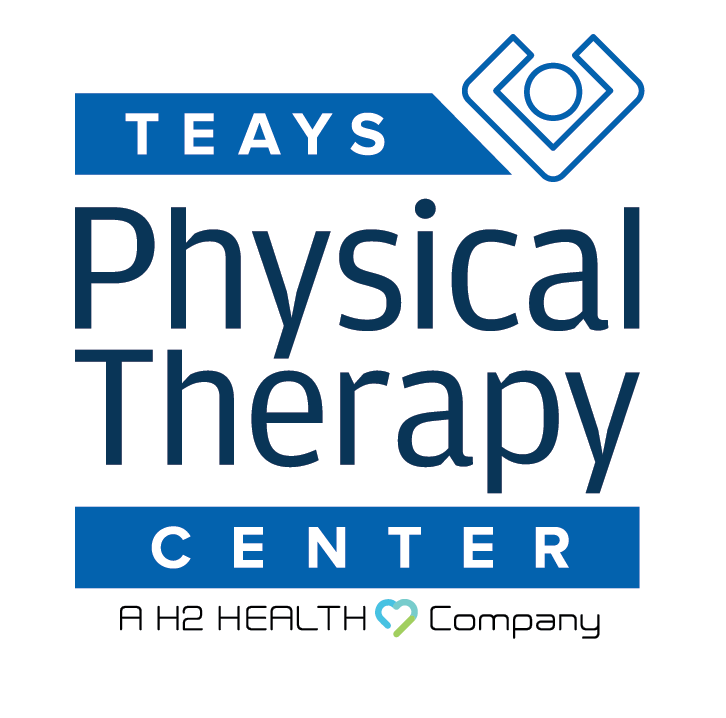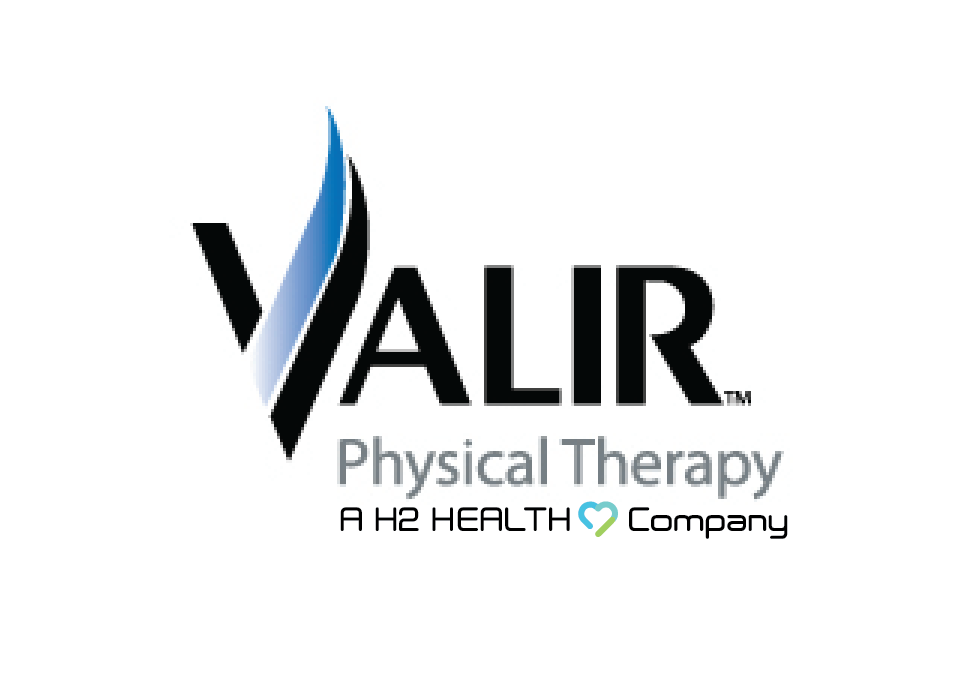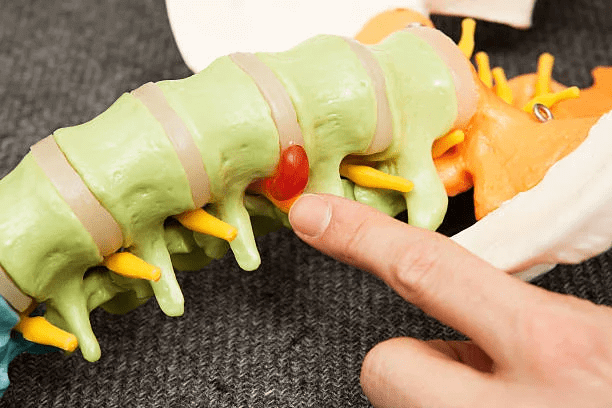
A herniated disc is when the gel-like internal portion of the rubbery cushion (disc) that sits between two adjacent vertebrae in your spine protrudes out through a tear (herniation) in the outer layer of the disc (annulus). Disc herniation is a relatively common diagnosis, and it can occur anywhere along the spine – including all three spinal sections (cervical, thoracic, and lumbar), but they tend to happen most frequently in the lower back, or lumbar region.
Symptoms that may be due to a herniated disc depend on where the herniated disc is located in the spine, and whether it’s pressing on a nearby nerve. Pain that is caused by a herniated disc can be excruciating, but it is usually treated successfully with nonoperative treatments – in particular, physical therapy.
Let’s take a look at how physical therapy can help you to alleviate herniated disc pain, what you can expect from it, and where you can find expert physical therapists near you.
Why Do I Need Physical Therapy for a Herniated Disc?
The aim of physical therapy for herniated discs is to:
- Alleviate the symptoms (pain, numbness, tingling, weakness)
- Stabilize the spine
- Increase endurance
- Improve overall flexibility of the back
Physical therapists will not only help to reduce or eliminate your back pain and help you return to your normal activities and lifestyle, but they will also teach you how to condition your back in such a way as to prevent future back pain.
Patients prefer physical therapy over medication and surgical treatments because it is non-invasive and does not cause side effects. Plus, it has a preventive/proactive effect on your overall health and physical strength.
What Are Physical Therapy Sessions Like for Treating a Herniated Disc?
First, your physical therapist will conduct a thorough assessment of your back to determine the type of treatment you need. They will determine the origin and location of your back pain, evaluate your spine mobility, and assess whether the strength in your arms and legs is affected.
Next, your physical therapist will devise a customized treatment plan, which may include:
- Therapeutic modalities such as heat and cold therapy, massage therapy, transcutaneous electrical nerve stimulation (TENS) therapy, hydrotherapy, and lumbar traction.
- Exercises, such as muscle strengthening, core stabilizing, motor control, and aerobic activities (facilitating healthy breathing/respiration/oxygenation).
- At-home exercises, such as lateral bending, back stretches, and neck rotation.
- Education on how to modify your activities and condition your back so you can enjoy long-term results.
Your physical therapist will perform some actions on your spine to help relieve the pressure on your nerve, which is compressed by the herniated disc and causing back pain. You can expect your physical therapist to work with you and modify a few of your day-to-day activities in order to reduce your symptoms and prevent further herniated disc pain.
Physical Therapy for Herniated Disc and Back Pain
If you are having symptoms of a herniated disc such as back pain, numbness, tingling, and weakness, and you seek a lasting solution, visit us here at H2 Health. Our highly qualified and skilled physical therapists are experts in treating a wide range of health conditions, including a herniated disc.
We are committed to providing holistic, lasting treatment for your health condition instead of putting a temporary mask-type fix. In addition to physical therapy, we also offer occupational therapy and speech therapy. If you would like to know more about our healthcare services or to make an appointment with one of our outstanding physical therapists, call us today at (800) 699-9395or fill out our appointment request form online now. We look forward to serving you!

